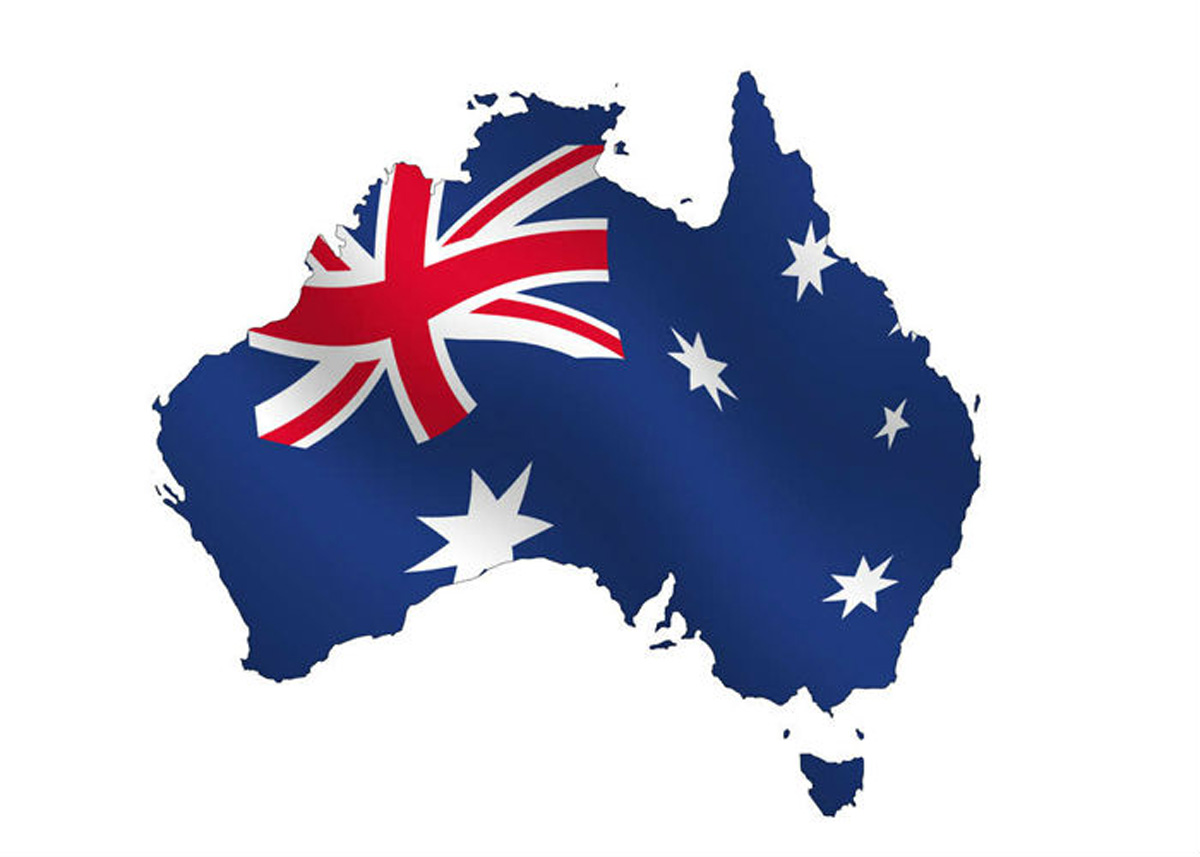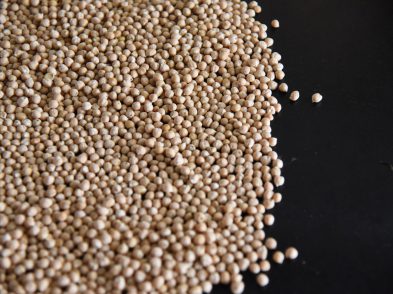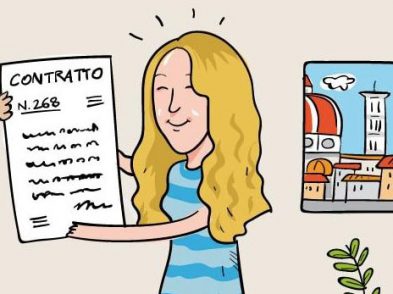D.H. Lawrence, Elizabeth Barrett Browning, Henry James: rattling off the names of famous English-tongued Italophiles is easy for most Anglos who have themselves fallen under the country’s spell. Alan Moorehead, David Malouf and Germaine Greer don’t typically make the shortlist, but these esteemed Australians’ lives have been part of a developing Italy-Oz narrative, one worth touching upon as Australia Day approaches.
The Florentine’s longtime “Italian Sketches” and “Famous Expats” columnist Deirdre Pirro, herself an Aussie transplant to Tuscany, calls her compatriots “besotted” with Italy. Preceded by the English Grand Tourists and the Americans who followed suit, the Aussies’ “love affair arrived later, say from the mid-1950s onwards,” Pirro says, “partially assisted by Italian immigration to Australia.”
Love affairs aside, migration patterns indeed formed the basis for most official interactions between the two countries for many decades. Bruno Mascitelli, a professor of International Studies at Swinburne University in Melbourne, cites the 1951 Migration Agreement, the 1988 Social Security Agreement and the 2004 Working Holiday Agreement as examples—but calls the two governments’ cementing of ties mostly “accidental.” Foremost on Italy’s post-1945 priority list, Mascitelli notes, “was its economic and political rebuilding after the Fascist experience…Its positioning in the Cold War moves in a new European scenario, {with} little space for consideration of lower ranked nations like Australia which did not figure in the European landscape.” Not that Australia was exactly clamoring for such consideration: Italy received “very little mention from Australia amongst the major European players,” Mascitelli says. “There was always the UK bias and special attention.”
That tide has been shifting for some time now. Australian Ambassador to Italy Greg French sees “positive and growing momentum” in the current situation (consider that as recently as 2013, the then-outgoing ambassador David Ritchie termed the two countries’ relationship “nonexistent”). Both “are significant members of the G20, and our political leaders are now meeting regularly in that context,” French wrote to TF. “For the first time, we are seeing multi-billion dollar/euro infrastructure projects led by Australians in Italy and Italians in Australia. And there are major new investments in both directions in renewable energy, contributing to…our shared commitment to meet our Paris Agreement emission reduction targets.”

But relational evolution is happening beyond such big-ticket political and economic realms. The first wave of Italian migrants to Oz, like masses of new arrivals most anywhere, were viewed with suspicion. In Australians in Italy: Contemporary Lives and Impressions (from Monash University Publishing, an organ of the Melbourne-based research university with a satellite campus in Prato), Bruce Bennett shares memories of his maternal grandmother’s reservations, in 1950s Perth, about the “new menace” of Italian Catholics; his boyhood football team’s Italian-born star players were mocked as “garlic munchers.”
Today, their bullies would (nearly literally) eat their words: three generations in, Mascitelli tells TF, “Italian stuff is now sexy, quality, nice. This started changing in the 1980s when what I’d term the ”cappuccino culture’ emerged and Italy began to take on status and acceptance.” (Incidentally, Bennett’s author biography specifically mentions “falling in love with Italy and Italians during the 1980s”.)
Of course, “falling in love” implies a baseline familiarity with the culture, one that can only be achieved by traveling. And traveling, the Aussies do: “According to Banca d’Italia, Australia is among the top ten countries for the Italian tourism industry, with one million Australian visitors contributing around 1.2 billion euro to Italy’s economy in 2017,” writes French, adding, “I never need to wait long at the piazza del Duomo or piazza della Signoria before I hear an Australian accent!” (Moscitelli suggests that reliable stats are elusive, but says that Italy has indeed long been “a playful, joyous place of culture and enjoyment for Australians.”)
This joy-drenched dolce vita dream—subject of much spilled ink across the Anglophone board—has lured many Australian students to Tuscany. One of the region’s most prominent Australian institutional presences is the Monash University Prato Centre, established in 2001. Acting director Michael Simmonds, himself born to a partly Italian family in Australia, says that many students are initially drawn in by the “romantic ideal,” but that the school’s aim is to reveal “modern Italy in all its dimensions, both the good and challenging things. We want to make sure students are aware that there’s a lot of innovation still here, and a great deal with which they can engage.” Including, perhaps, the role of Italy in their own histories.
Permanent residents and regular visitors of Florence from Australia (and New Zealand) are welcome to join the community ‘Australians in Florence’; contact australians.florence@gmail.com.







